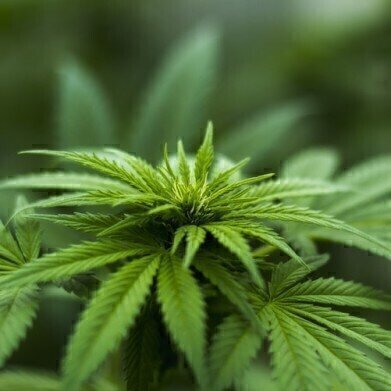Gas Chromatography
Chromatography Investigates Exposure to Cannabis During Processing
Apr 02 2018
Since 2012, many states in the United States have changed the legal status of cannabis. It is still illegal under US federal law to be in possession of, use or sell cannabis — but some states have their own laws in place to control cannabis use. Some states, including California, Colorado and Oregon, have legalised cannabis for recreational and medicinal use. While others, like Montana, Pennsylvania and North Dakota, have legalised cannabis for medicinal use.
But although the changes in law are obvious for cannabis users — what about the people who are now working in a legitimate cannabis industry? The hazards of working with cannabis for a whole shift are something that now needs considering. Fortunately, the US Department of Health and Human Services has started the ball rolling.
Working on the farm
The work was carried out by a team from the National Institute for Occupational Safety and Health (NIOSH) at a cannabis farm in the state of Washington — a state that legalised cannabis for medicinal use in 1998 and for recreational use in 2012. The work was carried out by observing working practices, interviewing the staff and carrying out analysis of the air and work surfaces that the workers must use.
The farm grows cannabis plants from seed, with the seedlings transplanted to their growing positions where they grow to a height of over 8 feet. The harvest begins with the workers removing the larger outer branches, gradually working inwards to the main stem or cola. The cola is then taken to a drying room and allowed to dry before it was destemmed — the process of removing the flowers or buds from the plant.
Chromatography protects the workers
The research looked at the possible musculoskeletal problems carrying out the various jobs, and exposure through air and surface contamination of various toxins and bacteria, as well as exposure to THC (Tetrahydrocannabinol), the main psychoactive ingredient associated with cannabis use. To protect the workers against THC exposure, the study team took surface samples from equipment and tables used in the cannabis process — as previous studies have indicated that air exposure to THC is negligible. Chromatography was used to analyse the surface wipe samples — analysis of cannabis samples is discussed in the article, Gas Chromatography: A Powerful Tool for Cannabinoid Analysis.
THC was detected in all the surface wipe samples taken in production areas. The range of THC that was detected varied between 0.17 to 210 µg/100 cm2. The results suggest that there is a potential for the workers to THC exposure through ingestion or skin contact with the surfaces. At present though, the health implications for long-term exposure to THC in the workplace are unknown. The report concludes that until engineering controls are in place to remove the workers contact with THC, that personal protective equipment should be used.
Digital Edition
Chromatography Today - Buyers' Guide 2022
October 2023
In This Edition Modern & Practical Applications - Accelerating ADC Development with Mass Spectrometry - Implementing High-Resolution Ion Mobility into Peptide Mapping Workflows Chromatogr...
View all digital editions
Events
Apr 28 2024 Montreal, Quebec, Canada
May 05 2024 Seville, Spain
May 15 2024 Birmingham, UK
May 19 2024 Brno, Czech Republic
May 21 2024 Lagos, Nigeria













